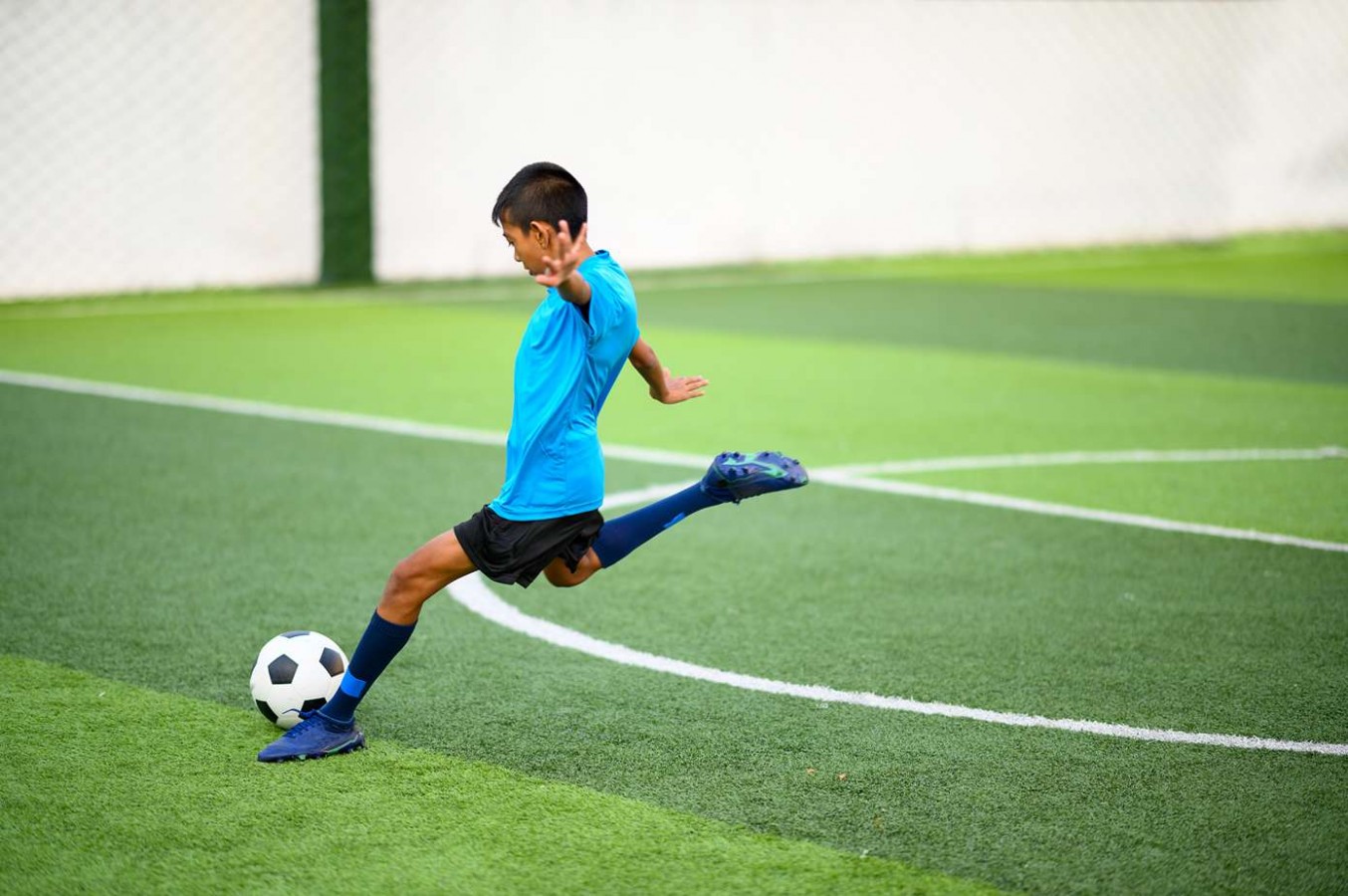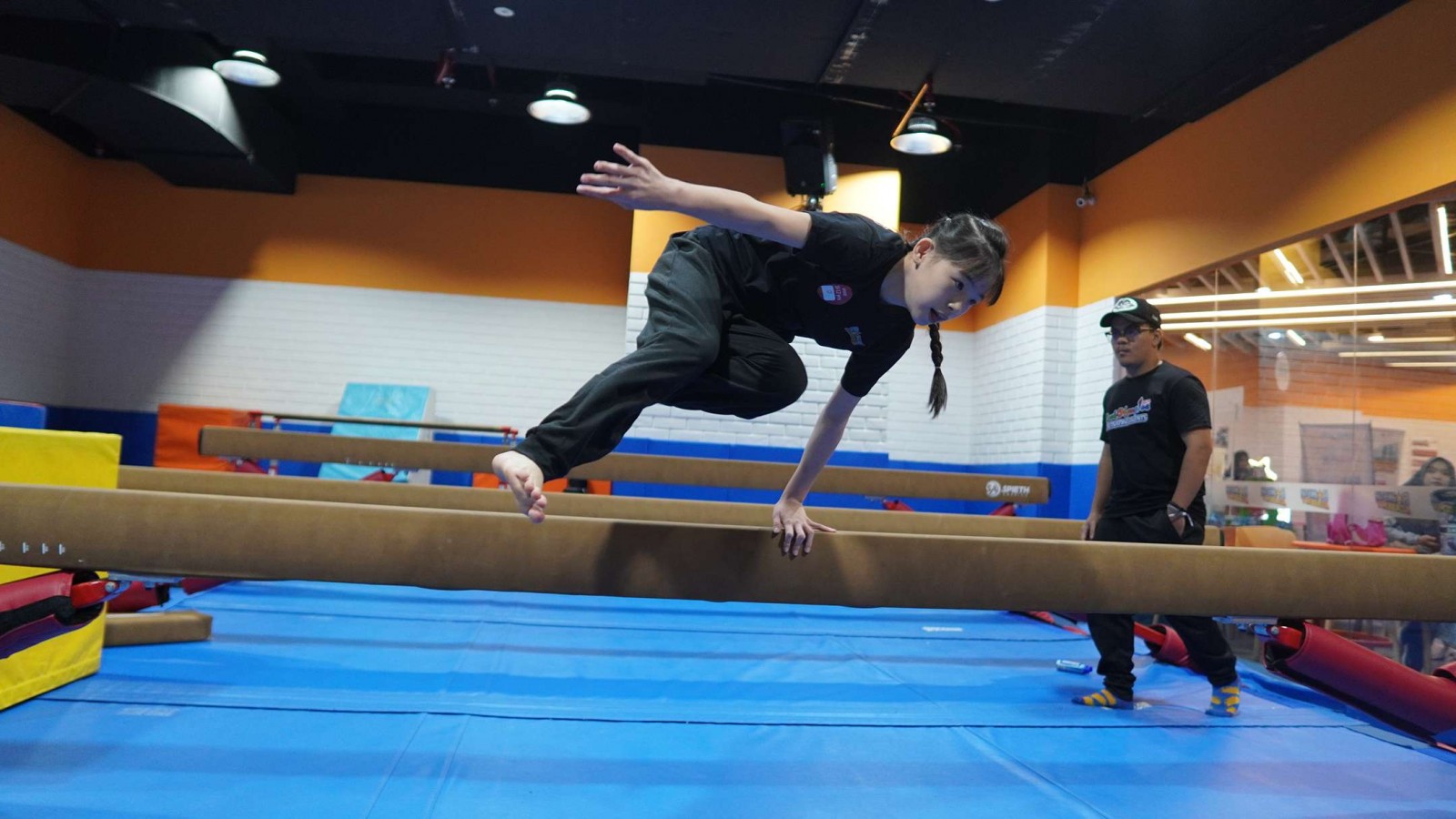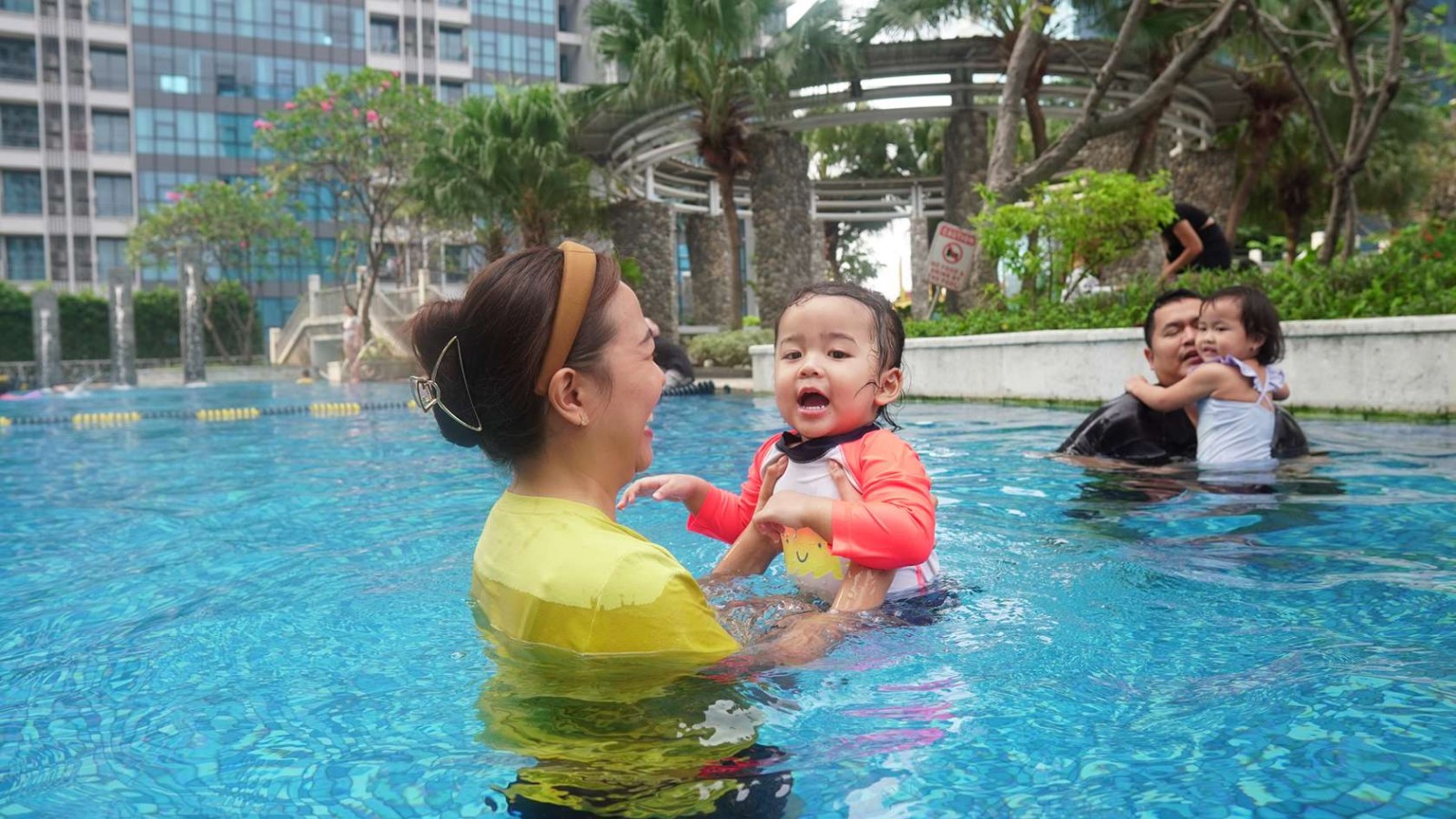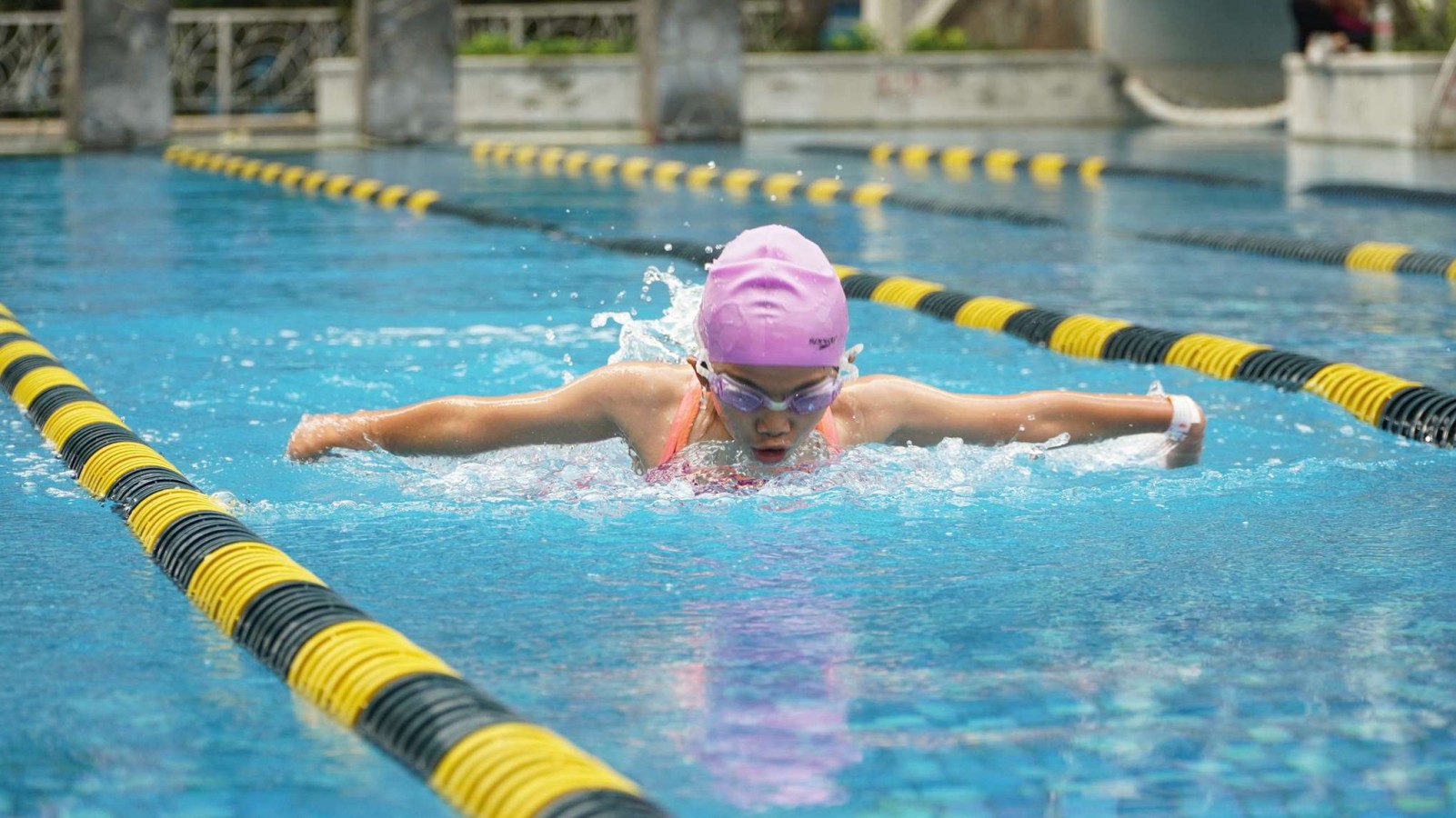Shooting Futsal Drills To Score More Goals

Futsal demands players to be adept in various aspects, and shooting is undoubtedly one of the most crucial. Scoring goals in the confined space of a futsal court requires precision, quick decision-making, and the ability to generate power in close quarters.
In this comprehensive guide, we'll delve into the intricacies of shooting in futsal, the purpose of incorporating shooting drills into your training regimen, and provide step-by-step instructions for essential futsal shooting drills that can elevate your goal-scoring prowess.
Shooting in Futsal
Shooting in futsal is a nuanced skill that combines accuracy, technique, and speed. The smaller playing area intensifies the need for players to make split-second decisions and execute shots with finesse.
Futsal shooting involves both instep shots, commonly known as laces shots, and side-foot shots, each serving specific purposes. Instep shots generate power and are ideal for longer distances, while side-foot shots prioritize precision and are effective in tight spaces.
Mastering shooting skills is essential for all players, especially in futsal competitions where outcomes can be unpredictable. Thus, every player is expected to excel in shooting abilities.
The Purpose of Shooting Drills
Futsal drills serve as essential tools for skill enhancement, helping players adapt to conditions commonly encountered during gameplay. Here are additional insights into the purpose of shooting drills:
A. Precision and Accuracy
Futsal shooting drills aim to improve a player's precision and accuracy in front of goal. Targeted exercises focus on hitting specific areas of the goal consistently.
B. Quick Decision-Making
In futsal, players have minimal time to make decisions. Shooting drills simulate game scenarios, forcing players to think on their feet and choose the right type of shot quickly.
C. Generating Power in Close Quarters
Futsal shooting often occurs in confined spaces. Drills designed to improve power help players generate force even when they are in close proximity to the goal.
D. Enhancing Technique
Shooting drills target specific techniques, such as the instep and side-foot shots, ensuring that players have a well-rounded skill set for different goal-scoring situations.
Futsal Shooting Drills
Basic training alone is insufficient for mastering the correct and precise shooting techniques in futsal. Various drills are necessary to equip players with the ability to shoot accurately even under pressure.
Here, we present several futsal shooting drills that players can practice to enhance their skills:
1. Instep Shot Technique
The Instep Shot Technique, commonly known as the instep kick or the laces shot, is a fundamental technique used in soccer (football) to strike the ball with power and accuracy towards the goal. In this technique, the player uses the top part of their foot, known as the instep or laces, to make contact with the ball.
How To Do It:
- Approach the ball with controlled dribbling.
- Plant your non-shooting foot next to the ball.
- Swing your shooting foot (dominant foot) back.
- Strike the ball with the instep (laces) using the top of your foot.
- Follow through with your kicking leg, directing the ball toward the target area.
- Repeat the drill, alternating between your dominant and non-dominant feet.
2. Side-foot Shot Accuracy
The Side-foot Shot Accuracy refers to a technique used in soccer (football) to strike the ball with precision using the side of the foot. Unlike the instep shot which emphasizes power, the side-foot shot prioritizes accuracy and placement over sheer force.
How To Do It:
- Receive the ball with your body open to the goal.
- Use the inside of your foot (side-foot) to direct the ball towards the target.
- Focus on accuracy and placing the ball into specific areas of the goal.
- Rotate through different shooting positions, emphasizing accuracy with each attempt.
3. Power and Precision Circuit
The Power and Precision Circuit is a training regimen designed to enhance both the strength and accuracy of an athlete's movements or shots. It typically involves a series of exercises or drills aimed at developing power, which refers to the ability to generate force or speed, and precision, which involves achieving accuracy and control over movements or shots.
How To Do It:
- Move through each station quickly, receiving passes or dribbling towards the goal.
- Alternate between instep shots and side-foot shots at different stations.
- Emphasize generating power while maintaining precision.
- Complete multiple circuits, focusing on speed, accuracy, and power in each shot.
4. Dynamic Shooting Under Pressure
Dynamic Shooting Under Pressure is a training concept commonly used in sports, particularly in basketball, soccer, and similar team sports. It involves practicing shooting techniques in game-like situations where athletes experience pressure, such as time constraints, defenders, or specific scoring scenarios.
How To Do It:
- Receive passes or navigate through defenders.
- Apply instep and side-foot shots dynamically based on the defensive setup.
- Make quick decisions on whether to shoot or navigate around defenders.
- Repeat the drill with variations in defensive pressure, honing your ability to score under challenging conditions.
Have You Try Shooting Drills?
The precision and power required for effective shooting in this fast-paced sport necessitate dedicated training, and these drills provide a comprehensive roadmap. From mastering the instep shot technique to honing side-foot shot accuracy, each drill contributes to a player's ability to make a decisive impact on the score sheet.
The purpose of these drills goes beyond enhancing individual skill since they simulate real-game scenarios, quicken decision-making, and elevate goal-scoring capabilities.
To get a better and more enjoyable experience, parents can consider enrolling their children in Rockstar Academy's futsal program. In Rockstar Academy’s futsal program, children will be taught various things such as Decision making, Passing, Dribbling, Shooting, Defensive & offensive strategies, Speed & agility and Balance & coordination.
The curriculum used is also based on FFI (Federation Futsal Indonesia), PSSI (Persatuan Sepakbola Seluruh Indonesia) and KNVB (The Royal Dutch Football Association).
From RockOlympics to Elite Futsal Championships, Rockstar Academy provides avenues for your children to showcase their talents and excel in competitive environments. Through these programs, children not only improve their physical abilities but also cultivate valuable life skills such as discipline and sportsmanship.
Additionally, Rockstar Academy invites all interested families to explore their offerings through a complimentary free futsal class. Take the first step towards a rewarding futsal journey by contacting Rockstar Academy today.
FAQ
How can I improve my shooting accuracy in futsal?
Improving shooting accuracy involves practicing specific techniques, focusing on precision, and incorporating drills that simulate real-game scenarios.
Can these shooting drills be adapted for different skill levels?
Yes, these drills can be adapted by adjusting the distance from the goal, introducing defenders, or modifying the speed of the exercises to suit various skill levels.
How often should I incorporate futsal shooting drills into my training routine?
To see significant improvement, incorporate shooting drills into your training routine at least 2-3 times a week. Consistency is key for skill development.
Are these drills suitable for youth futsal players?
Yes, these drills can be modified to suit youth players by adjusting the difficulty level, ensuring a focus on technique, and maintaining an enjoyable training environment.



